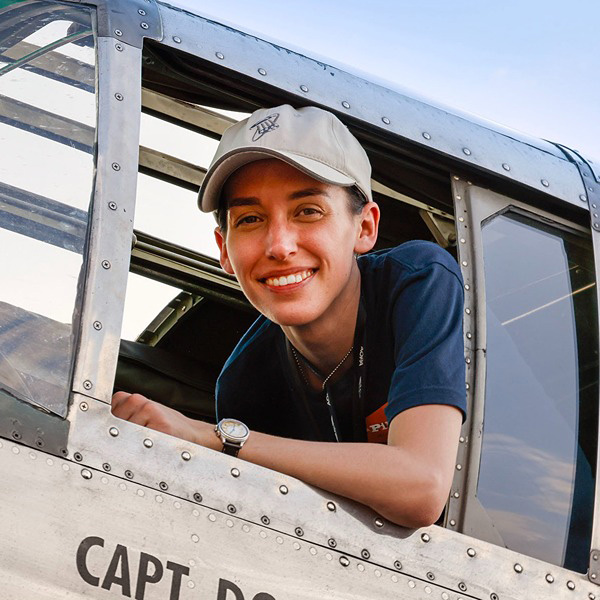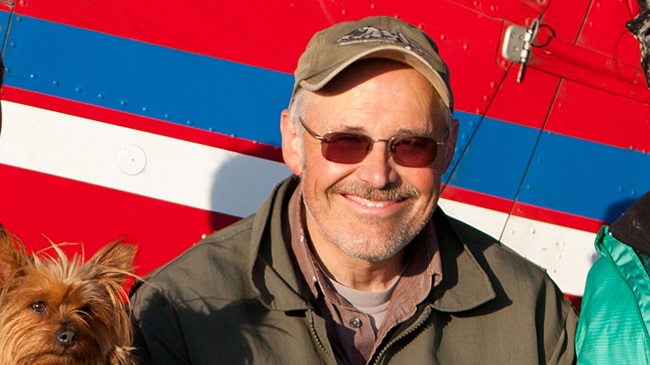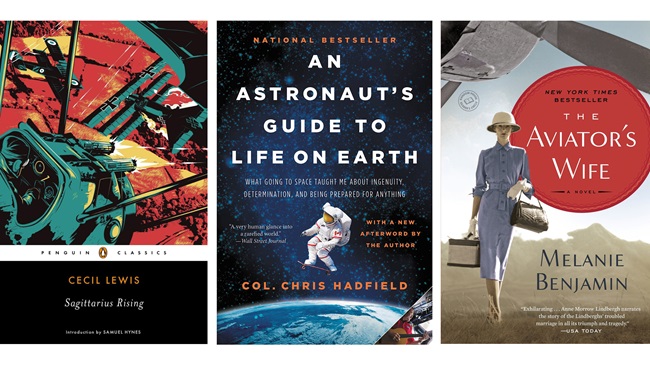A pilot's review of 'Masters of the Air'
Immersive cinematography reaches new heights
The sound of flak tearing into an aircraft has a way of going straight to your bones. It’s a nauseating sound—something between shredding and shattered glass, a metallic splatter and demonic screeching that happens almost too fast to process.
My seat shook with the roar of a dying B–17’s engines, but I hadn’t been magically transported into an air crew in World War II—I was sitting in the 92NY theater in Manhattan’s Upper East Side at an advance screening of an episode of Apple TV+’s Masters of the Air, two days before the official release of the new series produced by Tom Hanks and Steven Spielberg.
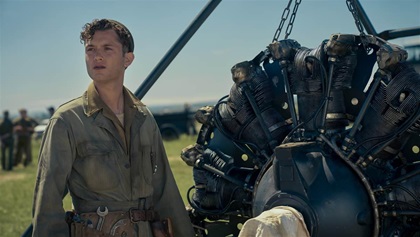
The rich detail makes watching the show feel like a lived experience in a way that pilots will particularly appreciate—things like the crew going through a pretakeoff checklist item by item with close-up shots of what they are doing. Several checklist walkthroughs appear in the first episode alone—extra icing on the cake for a pilot viewer. The tension of holding tight formation in zero visibility, with an engine failure, was another pilot sympathy button. My heart rarely left my throat the entire episode, and breathing was nearly forgotten at times.
Masters is slower in pace than most war films we might be accustomed to, but makes up for it in tension and emotional involvement, more dramatic psychological thriller than action movie. Not that there isn’t action, of course. The combat scenes are some of the most visceral and affecting for their simplistic reality, and nothing is spared. The viewer is forced to experience every excruciating second of a bombing run that feels like eternity, and thus has a deeper understanding for the strung-out crew fighting among themselves after landing.
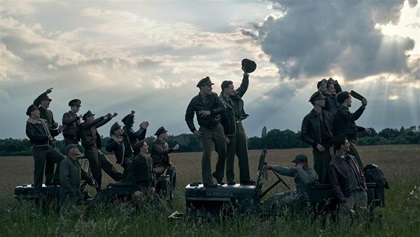
I quickly realized how lucky I was to be one of the few who will ever see this on the big screen, which is an absolute travesty. Only on a massive scale can you really feel the B–17’s guns and engines punching through your chest and down to your bones like no one has since the war itself, forcing smoke and the crew’s screams directly into your lungs and turning your gut so much with each wound you’ll have to check to see if you’re bleeding, too. The woman seated in front of me reflexively rubbed her palms when a tail gunner froze his to the bare metal of his gun at high altitude and had to tear them off. Each real-time minute of the hail of bullets and exploding flames compounds as you die with the crews—torn to pieces and burned alive—then cutting to an outside view as the doomed aircraft plunges through the cloud layer. And that’s just the first episode. Human details that are sometimes overlooked in war media have a lynchpin place here, the camera lingering on each wounded crewmember getting extracted and carried off, and others vomiting (often), inside the airplane and out.
The strongest message here—that the heart of these aircraft were the people who lived the war from inside them—is eye-opening. This pilot came away humbled and grateful that most of us fly tame little aircraft with no one shooting at us, and a brain branded with the nightmarish sound of flak.
The cast’s perspective
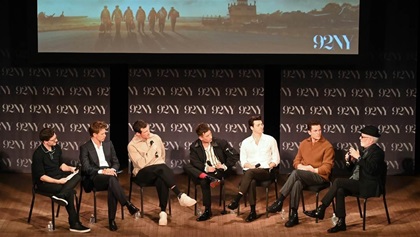
The episode screening was followed by a panel discussion with host Josh Horowitz and Masters of the Air actors Austin Butler (Maj. Gale Cleven), Callum Turner (Maj. John Egan), Barry Keoghan (Lt. Curtis Biddick), Anthony Boyle (Lt. Harry Crosby), and Nate Mann (Lt. Robert Rosenthal), and Executive Producer Gary Goetzman. The discussion was a mixture of friendly banter with the audience and sober acknowledgments of the responsibilities and challenges of portraying real people with such historical significance.
Boyle listened to recordings of the voice of the real Crosby for hours to prepare, and read his memoir On a Wing and a Prayer “like a bible, every night.” Mann was voted most likely to become an actual pilot and expressed interest in doing so, and said that Isabel May, who appears with Butler in the beginning of episode one, is a certificated pilot. Most impactful to him was speaking to Rosenthal’s family about what he was like, and asking veterans how they handled the pressures of combat, coming to realize they mentally fell back on their training to fly the airplane. “The machine was between them and death,” he said. “And a lot of this was ‘okay how do we maintain control?’” Turner chimed in that he had brought home and framed a copy of the takeoff and landing procedures from the set, recalling how long they trained to memorize them.
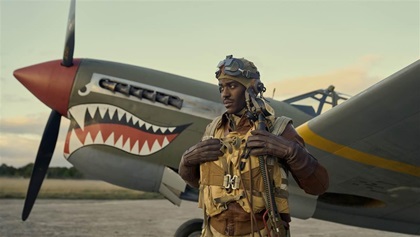 Butler described stepping into one of the set’s B–17 Flying Fortress replicas for the first time as “incredible.” The full-scale replicas were hoisted onto 50-foot gimbals and surrounded by a new type of high-definition screens that showed exactly what would be going on outside in the finished film. “You can see the fighter pilots coming at you,” he said.
Butler described stepping into one of the set’s B–17 Flying Fortress replicas for the first time as “incredible.” The full-scale replicas were hoisted onto 50-foot gimbals and surrounded by a new type of high-definition screens that showed exactly what would be going on outside in the finished film. “You can see the fighter pilots coming at you,” he said.
“The crane was jostling us around,” added Keoghan. “And we could see the flak coming at us. It was nerve-wracking.” The cast remained in these rigs for hours at a time, pyrotechnic explosions and all, with coffee passed up to keep them alert. Each of them insisted they never thought of complaining, saying it was nothing compared to what the real people they portray had endured. Keoghan put the collective sentiment in words, saying it was a “great responsibility representing people that saved the world...and the toll that has on their mind and body and spirit.”
A deeper understanding
On my cab ride after the event I couldn’t sit still, adrenaline crawling under my skin and fire behind my eyelids, hands flexing like I had to grip “the Fort’s” controls myself, and mind echoing with an exchange between the two main characters at the end of the episode.
“Why didn’t you tell me it was like that?” Cleven asked his friend, Egan, who had flown missions before him.
“I didn’t know what to say,” came the reply. “You’ve seen it now.”
Eighty-some-odd years later, it can be hard for us to grasp their reality from books or recorded interviews of people that sometimes couldn’t quite put their experiences into words. But now the war has been brought back to our own doorstep with vivid realism, with the best version of time travel our current technology can manage, and it feels different.
We’ve seen it now.
